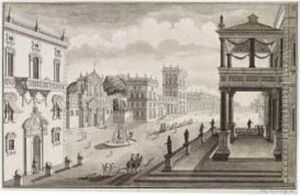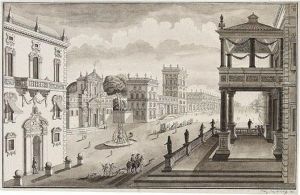Claude-Joseph Verdat Paintings
Claude-Joseph Verdat, a name less known in the mainstream annals of art history, was a French artist and engraver born in 1817. His life spanned a period in France characterized by significant political upheaval and transformation, which undoubtedly influenced the art of the time. Although not as widely recognized as his contemporaries in the Romantic or later Impressionist movements, Verdat contributed to the artistic landscape of the 19th century through his detailed and skilled engravings.
Verdat's work primarily consisted of engravings that captured both the intricacies of the natural world and the burgeoning industrialization of his era. His ability to render detailed images allowed for the dissemination of visual information in a period before the widespread availability of photographic technology. This skill made him a valuable contributor to scientific publications and journals, where accurate representation was paramount. Additionally, Verdat's artistic endeavors extended to capturing landscapes and cityscapes, providing a visual record of his changing world.
Throughout his career, Claude-Joseph Verdat remained somewhat on the periphery of the major art movements of his time, focusing instead on the meticulous craft of engraving. Despite this, his works offer a window into the 19th-century French milieu, reflecting the interests and concerns of a society on the cusp of modernity. Verdat passed away in 1866, leaving behind a body of work that, while not as celebrated as that of his peers, offers valuable insight into the artistic and societal shifts of his time.


